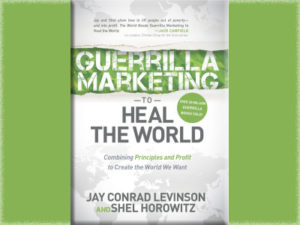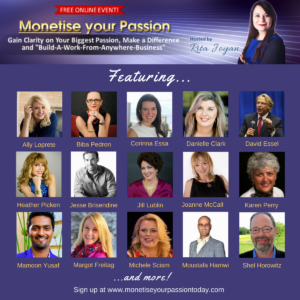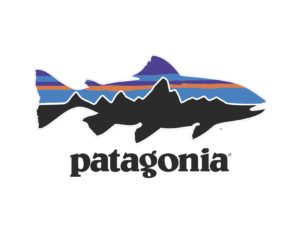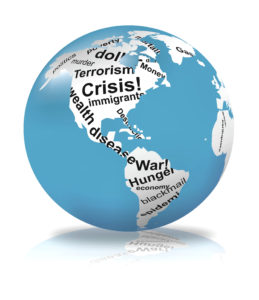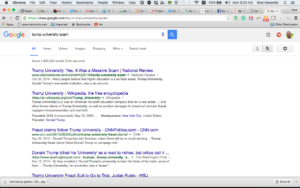How do You Know When Advertising Claims are Real?
Someone posted a breathless, gushy letter to potential investors in a new solar technology and asked the members of the discussion group if we thought it was real.
Here’s a piece of this over-the-top marketing letter (don’t try to click the links; I have disabled them and removed all identifying information).

I thought my answer was worth sharing the relevant parts with you here:
Lets look at this as an opportunity to educate ourselves, because these kinds of issues come up regularly. And as climate advocates, we need to have some familiarity…While I agree that the scheme is off-topic, the general idea of where we’re at with solar is quite germane–and so is the need to understand the marketing world. Be sure to read at least to bullet #3.
- This is hypey marketing copy promising a ridiculous high return on an investment with an unknown company. That to me is a whole bunch of red flags, and I echo the caution that others have urged.
- As someone who makes part of my living writing (non-hypey, fact-based but emotionally driven) marketing copy for green businesses, I can tell you that not all copywriters take the time to thoroughly understand the products they’re hired to write about. I would want to see independent verification of all these claims, and to know whether this is an independent analyst or (as I suspect) someone who either was paid by the company/is earning sales commissions from the people who click–or dipped lavishly into the work of someone who was.
- BUT there have been major advances in solar (and other clean energy) technology in the past few years, and we as energy/climate advocates should be at least vaguely aware of them. the stuff that IS real provides major talking points in converting former climate skeptics. As an example, there have been tests of some solar collectors that achieve efficiencies above 40 percent, which is about double the typical collector of today. That makes solar a lot more practical for homeowners (maybe even tenants) and also more profitable as a business venture.
There’s a lot of hope in using approaches based in biomimicry: studying and imitating nature. Most green leaves are about 90% efficient as solar collectors. Many of these new technologies use something other than silicon. I’m even aware of one research team that’s looking at DNA as the medium for capturing and harnessing energy. - Even today, solar panels are far more efficient and affordable than they were a decade ago. Add innovations like solar roofing tiles that serve both roofing and power generating functions as well as the tremendous breakthroughs in affordable battery storage and solar is suddenly a whole lot more attractive.
I’ve been using solar for almost all my hot water since 2001, and for about 1/10 of my electricity since 2004. Were I to put the same size arrays up today, I’d be able to get about 1/3 of my electricity, as it’s improved by about a factor of 3–even better if I had collectors that track the sun.
I live in cloudy, cold Massachusetts. If I can make it work, every building in Arizona that isn’t blocked by a mountain, tall trees, or a taller building ought to be solarized by now. And while gas and oil prices have fallen thanks to fracking, their impact on the environment has worsened. Meanwhile, the price of solar has dropped so much that even with the cheaper fracked gas and oil, it’s often competitive now, and it doesn’t threaten our water supply (something far more precious than petroleum).

